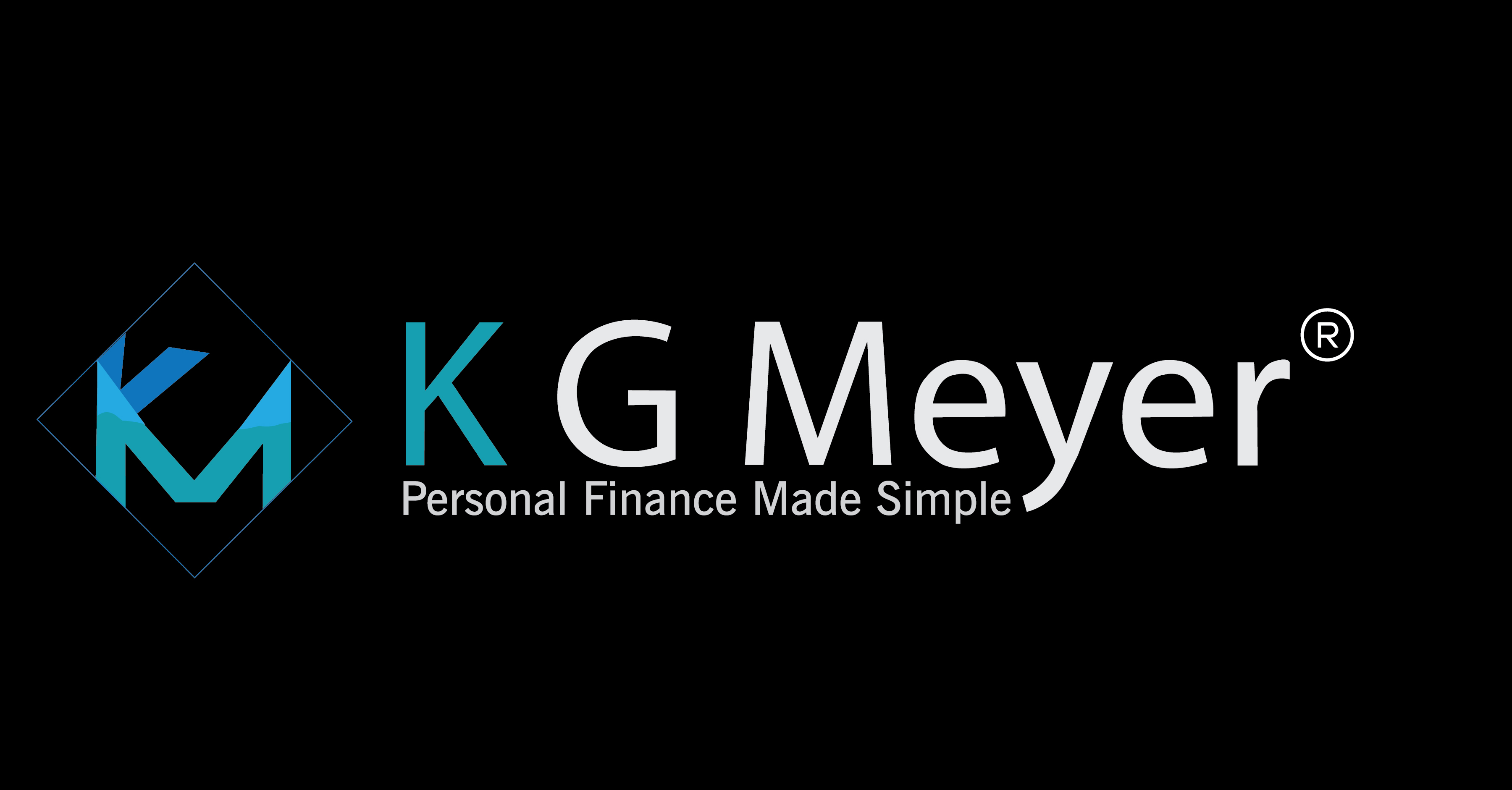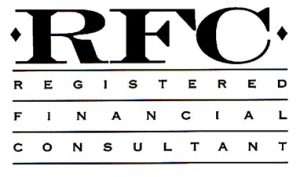On August 4, 2020, I touched on what people can do to their portfolio in the current environment in a post titled, What to do with your portfolio? In that post, I briefly touched on a Vanguard 2030 Target Date fund and how it has performed since mid-February. But I realize that some people are not all that familiar with a target-date fund or a life-cycle fund as some may know it. So, in this post, we will take a closer look at what exactly makes up these funds that are so popular in 401(k)’s and many IRA accounts.
Now, as you may or may not be aware, the financial instrument you own is not all that you consider when you decide to make purchases or sales from your portfolio. To protect yourself and spread the risk that you have in your portfolio, it is advised that you spread your funds across different asset classes. That means it is not wise to own all equities or bonds but rather a solid mixture of these asset classes along with others that you determine to be adequate for your portfolio and risk. And by spreading your assets over different asset classes, you will reduce the overall risk of your portfolio while increasing the portfolio’s returns. If you need assistance here, it would be wise to seek out a good fee-only Registered Financial Consultant to assist you.
But there is a financial instrument that does a lot of this for you, and those are target-date funds or Life-Cycle Funds. These act as all in one fund of funds that invest in different asset classes within a family of funds. To understand how popular these funds are at the end of 2019, there was an estimated $2.3 trillion invested in various target-date funds.
Most people are aware of Vanguard, and they have several of these funds, and they are all comprised of other Vanguard funds. But here, there are generally two types of target-date funds, and they are mutual funds and exchange-traded funds or ETFs. In many funds, the costs of a target date fund are the sum of its parts. In this post, we will be looking at Vanguard’s Target Date Fund 2040 or VFORX. This means you plan on retiring at or near the year 2040, and this fund charges no 12b-1 fees and only a small 0.14% of invested assets. Some of these funds can charge over 1% in 12b-1 fees on top of the management fees. It does pay to keep an eye on fees when investing in these funds, but that is not all you need to look out for in this process.
These funds all tend to work the same basic way and that it the further away from your retirement year, the more equities the fund owns and the less fixed income or bonds. As you approach the retirement date, the fund automatically shifts from equities to fixed income so that by the time you are close to your target date, your portfolio is invested more conservatively. But not all of these funds act the same ways, so it pays to look at what they determine is the true target year. This is an important difference in some of these funds, and that is when the fund terminates. The key terminology that you need to look for here is “to” and “through.” You can fund this on the fund’s website, and the difference is as follows.
On a to fund, the rebalancing of assets ends at the target year or, in this case, 2040. But in a through a fund such as this particular Vanguard fund, it does not stop its rebalancing in 2040 but rather continues to rebalance for the next seven years. This is important because in a to fund at the target date, the fund is mainly in fixed income and is in capital preservation mode. This type of fund does not take longevity into account in the portfolio, while the through fund does just that. It projects at least seven years of being invested more in equities to increase capital. This is important so that you do not outlive your funds, and they continue to grow as you spend your golden years withdrawing from the account.
These are but some of the things you need to consider when picking a target-date fund. But one of the issues we touched on at the beginning of this post was asset allocation. For people who own these funds, consider them when viewed as your entire portfolio or a part of the portfolio. If this is all your portfolio, let the fund do its work, and all you have to do is select the fund that best suits your needs and allow the managers of the fund to do their work. But if this part of your portfolio, then you must consider the other assets that comprise the portfolio so that you are not over-invested in one asset class.
While I do not know what your exact financial circumstance is, I do know that these funds make good investment decisions for people who do know what to invest in individual securities, or they do not have the time to monitor a portfolio of different assets. But it is key to remember that you need to be aware of the fact that they all charge some fees, they rebalance to or through the target year, the asset allocation of equities and fixed income—the find the asset allocation look on the fund’s website for any year that is targeted.
If you have any questions or need any assistance feel free to reach out to me. And to join our email newsletter, fill out the form below.



